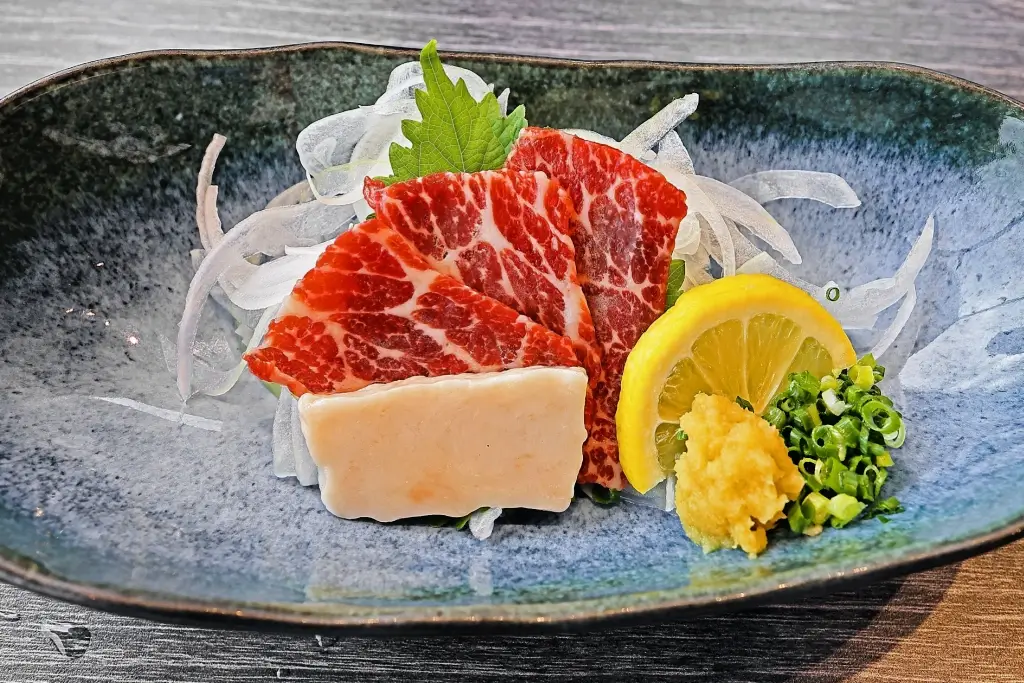Baniku (horse meat) might sound unusual, but it’s popular in Japan. It has become a local specialty in some areas of this beautiful country, with one of the most common dishes being basashi. So, what is basashi? How long does it take to prepare basashi? Let’s explore the answers together and dive deeper into this distinctive meat!
Table of Contents
ToggleWhat is basashi?
Basashi (horse sashimi), is a traditional dish made from thinly sliced raw horse meat. This delicacy is famous for its tender texture, mild sweetness, and vibrant color. It often resembles cherry blossoms, also called sakura niku (cherry blossom meat). Basashi isn’t just tasty; it’s also packed with nutrients. It’s low in fat and calories but high in protein, iron, vitamins, and essential minerals. Baniku may seem unfamiliar, but it has a long history in Japan, especially in Kumamoto.
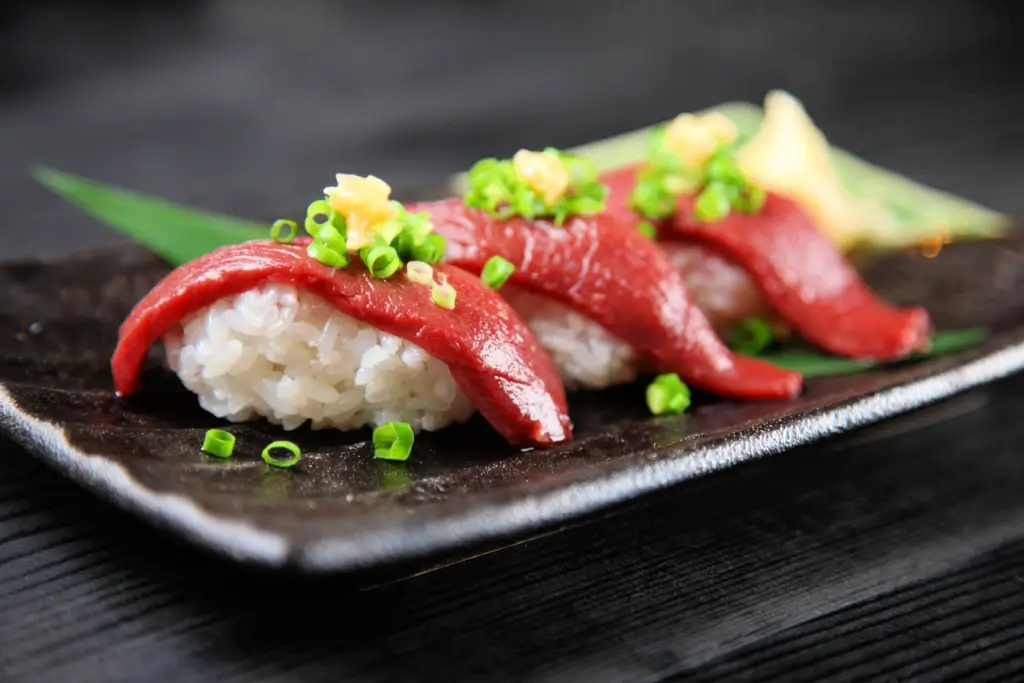
The story of this dish began in the 16th century with Kiyomasa Kato, the first lord of Kumamoto, who ate horse meat during a food shortage in a war in Korea. He found it nutritious and tasty, so he kept eating it when he returned to Japan. Over time, baniku consumption spread in the Aso region, especially after World War II (1939-1945). Although meat was once taboo in Japan, the Meiji Restoration (1868-1889) promoted animal protein, making dishes like basashi well-liked.
In Japan, basashi is commonly enjoyed during special occasions such as New Year celebrations or festivals. The ideal time to savor it is spring when cherry blossoms bloom. This symbolizes renewal and freshness, which matches the vibrant look of the dish.
What parts of Japan eat horse meat?
Horse meat is consumed in several parts of Japan, especially in regions known for horse breeding. One of the most famous places for eating baniku is Kumamoto Prefecture, which has delicious basashi. In fact, Kumamoto produces around 40% of the horse meat in Japan! Another place that enjoys baniku is Nagano Prefecture. In Nagano, horse meat became cherished during the Bunkyu era (1861-1864).
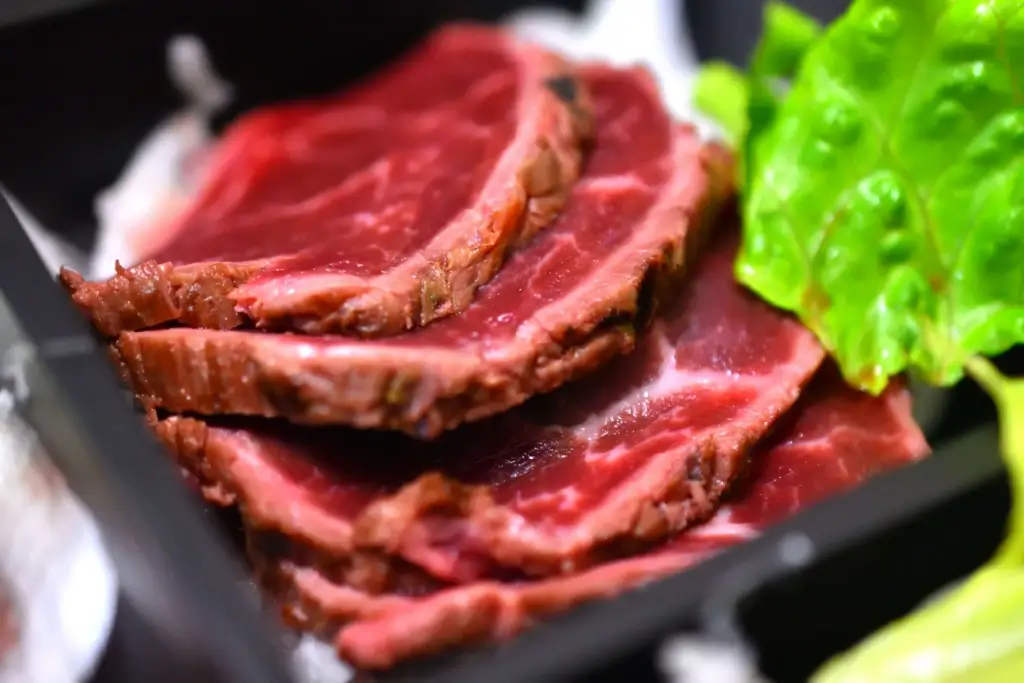
Moving to the Tohoku region, baniku is also commonly eaten in Fukushima and Aomori Prefectures. These areas have a rich tradition of horse breeding, which contributes to the local culture. Horse meat dishes can be found in various shops, restaurants, and izakaya (Japanese pubs) across these prefectures.
How long does it take to prepare basashi?
Preparing basashi is a quick and fun process! So, how long does it take to prepare basashi? It only takes about 10-15 minutes and a few easy steps. The first step is to wash the horse meat to ensure it’s clean. The next step is to cut the horse meat into thin slices. Then, you sprinkle a little salt and white pepper over the meat.
When it comes to eating basashi, it’s all about the exciting toppings! Most people like to add sliced or grated ginger and garlic, and even chopped Welsh onions to baniku for extra flavor. You can place these toppings on the meat in a way you enjoy, whether a little or a lot. To savor this sashimi dish, take a slice with chopsticks and dip it into a sweet soy sauce-based sauce.
Are you looking for artisanal snacks from Japan? Check out Sakuraco! Sakuraco delivers traditional Japanese snacks, sweets, tableware, and more from local Japanese makers right to your door, perfect for a pleasant snack time at home!
What other ways can I enjoy horse meat?
Sakura nabe

Sakura nabe is a delightful hot pot dish made with baniku. In this dish, tender horse meat is simmered with fresh vegetables like burdock root and scallions. Baniku is cooked in a flavorful sauce made from soy sauce, mirin (sweet rice wine), and sugar, giving it a savory and spicy taste! To make the experience even better, dip the slightly pink meat into a raw egg before eating it. Sometimes, chewy udon noodles or crispy senbei crackers are added at the end for an extra treat!
Saiboshi
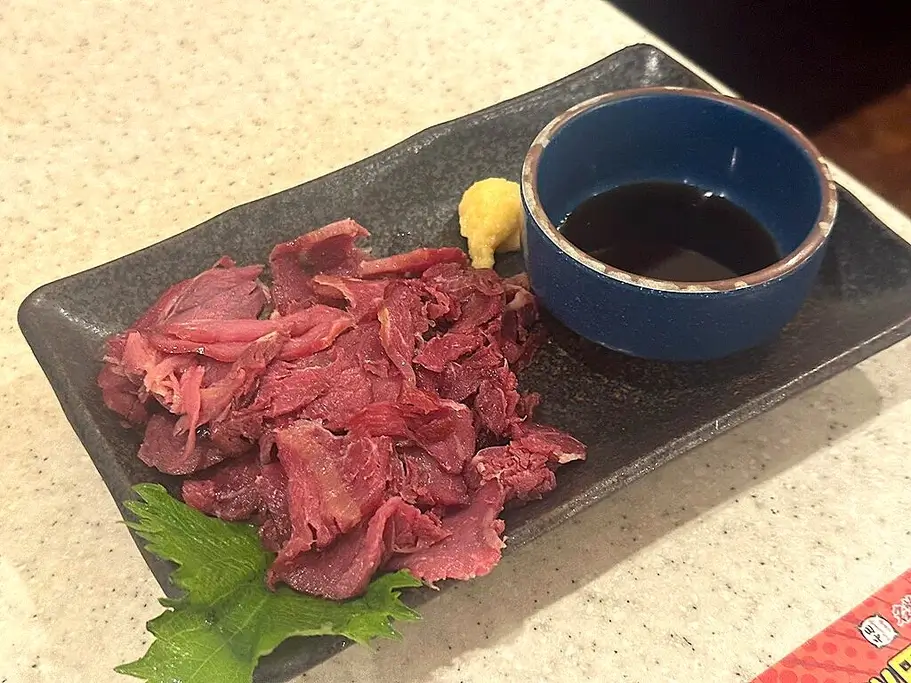
Saiboshi is a unique snack crafted from dried and smoked horse meat. This yummy food has been passed down through families who used to work with horses and cattle. Saiboshi can have different textures depending on how it’s made. Some pieces are cut thin and eaten almost raw with ginger and soy sauce. Other pieces are more challenging and pounded to make them softer before being lightly grilled. The flavor is often compared to roast beef or beef jerky. It’ll be a perfect snack for sharing with family and friends while having a drink.
Horse meat ramen
Horse meat ramen is a well-known dish in Nagai City, Yamagata Prefecture. In Nagai City, people commonly use baniku for ramen, so they usually call it “ramen” without mentioning horse meat. Yet, each restaurant here has its style. For example, Kameya Shokudo uses thick, slightly curly noodles in a tasty soy sauce soup. At the same time, Shinraiken serves a lighter soup made from horse and pork, giving it a refreshing salty flavor.
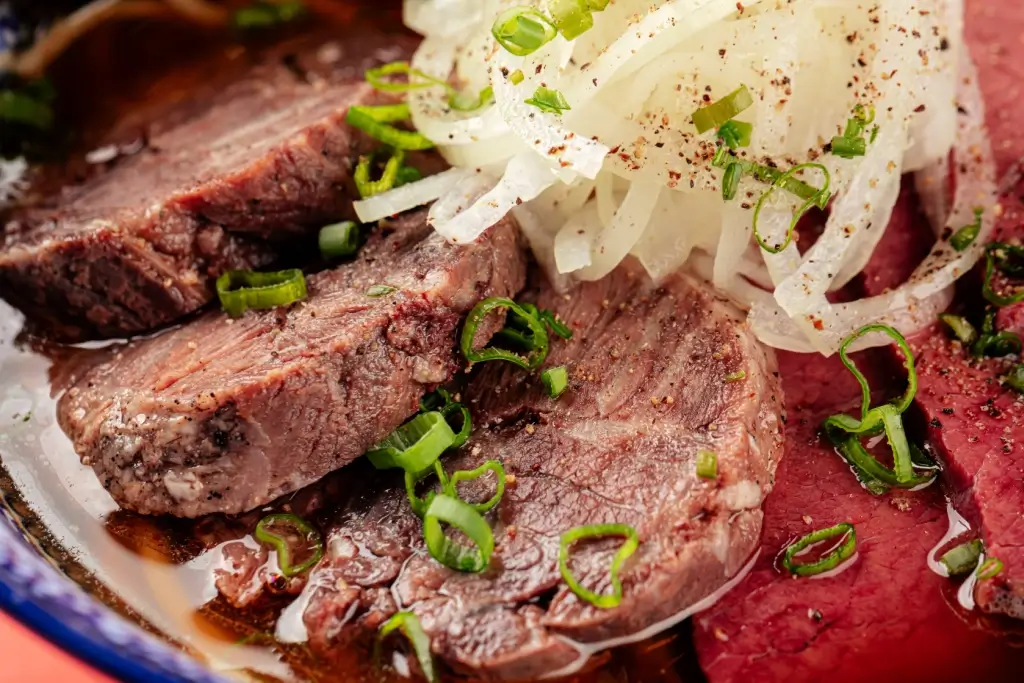
Why should I try horse meat in Japan?
Trying horse meat in Japan is a unique experience that combines a rich history with amazing flavors and textures. Moreover, you can try it in different forms, such as basashi, ramen, hot pots, or snacks, making it a versatile choice for any meal. And if you’re wondering whether a fantastic dish like basashi can be prepared at home and how long it takes, you don’t need to worry too much as you can cook it simply and quickly. Have you ever thought about trying a dish that’s new to you? Let me know your thoughts in the comments!

